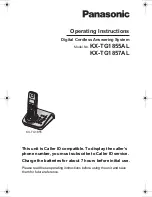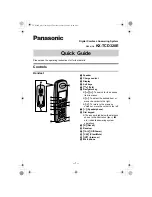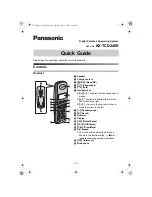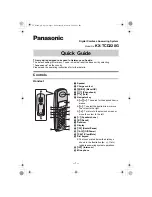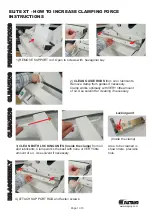Summary of Contents for select 1520
Page 1: ...select 1520 1530 1540 Instruction manual ...
Page 2: ...1 2 3 4 5 6 7 8 9 10 11 12 13 14 15 16 18 17 19 20 21 22 23 24 25 26 27 28 29 ...
Page 4: ......
Page 30: ...20 Operate your Pfaff select ...
Page 76: ...66 Accessories and needles ...
Page 81: ......


















